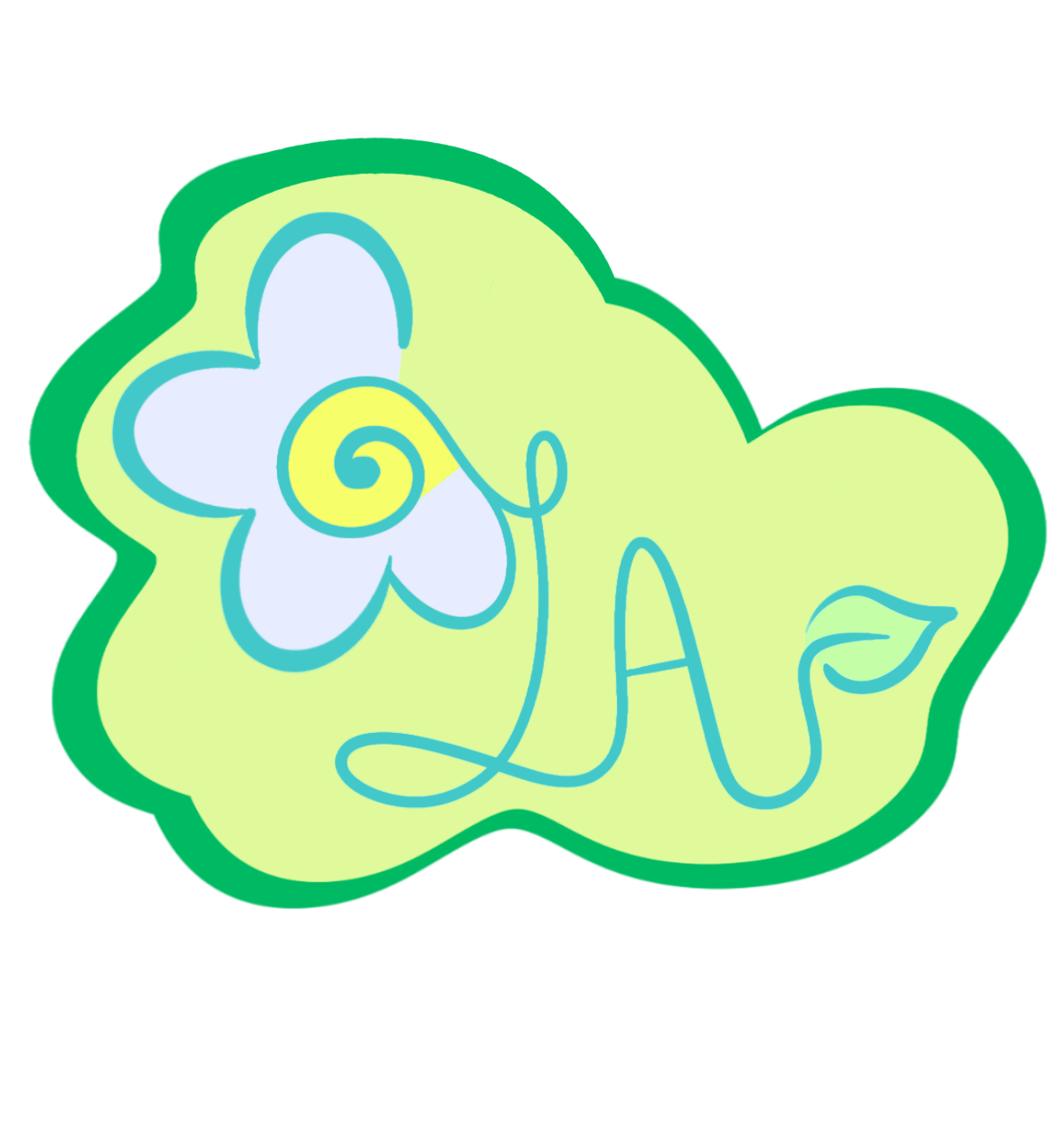Gamified App: Hobby Homie
Gamification makes life more fun
Gamification is a relevantly new term, but the concept has existed for quite a long time. Gamification is applying elements of games, such as points and achievements, to things that are not games. Some of the most notable examples of gamification include applications like Duolingo and Khan Academy. Duolingo gamified language learning and Khan Academy gamified learning as a whole.
For this project we were tasked to find an issue, experience, or process that could benefit from gamification. Having just given up on learning how to crochet, I decided the to gamify the hobby-learning experience. If I could produce an app that can motivate myself to try and crochet again, perhaps it could do the same for other crafty individuals.
After all, learning a new hobby on your own is daunting as is, but what if you had a friend to help guide you along the way?
This is how Hobby Homie was born.
Hobby Homie would function as a teacher, journal, and cheerleader all in one app. It would provide you with tutorials on how to learn your chosen hobby, let you track your progress, and cheer you on with motivational nudges and achievements to keep you going.
The UI design:
I wanted to implement the proverbial “goldilocks” for my interface. I’m the type of person whose attention is drawn in by colors and symbols, I wanted the user’s attention to be engaged at all times. I want my app to be relevant and comparable to ones that already exist. For that reason I decided that having a cute mascot, such as the Duolingo owl who has since become something of an internet celebrity, would be my pièce de résistance.
Choosing Game Mechanics:
How could I make learning a new hobby more like a game and less like a chore?
This is where choosing the right game mechanics came in. People won’t admit it, but we’re all motivated by rewards in some way. Rewards or achievement systems are a commonly used game mechanic, one that I would be implementing into Hobby Homie, In addition to this I wanted people to feel a sense of ownership over their progress, which is why I created the Hobby Homies which are little characters you can collect and keep as friends in the app.
Understanding a user expands more than just making something nice to look at or easy to use, it requires recognizing the psychology of the user and understanding their needs. Gamification works in a similar way, you need to look at what a person wants and how to generate the desired response based on game mechanics and the psychology behind them.
Engagement Loops and Valleys:
How can I make sure people log-in to the app daily? In other words what would the epic meaning be?
Daily log-in rewards and completion of missions have been a tried and true method to creating an engagement loop. If it’s not broken, don’t fix it, right?
How can making a mistake become something that’s encouraged, not frowned upon?
People are bound to make mistakes when learning something new, which leave them feeling less motivation to continue learning. If users' log their mistakes, they’ll earn a “band-aid” which they can use to write a message for themselves that they can read after they complete what they’re stuck on. In a way it makes creates accountability for your mistakes but in a positive way.
For example if I messed up and wrote “This is so hard” on my band-aid I’d be able to feel an even greater sense of accomplishment when I look back on it after I progressed from that point.



